2022 Research and Development

Our Research & Development Philosophy
Vespa’s approach to Research & Development (R&D) is science based but real world driven. Because real world results matter. They matter to you as an athlete. The real world is also where science begins…..with observational evidence.
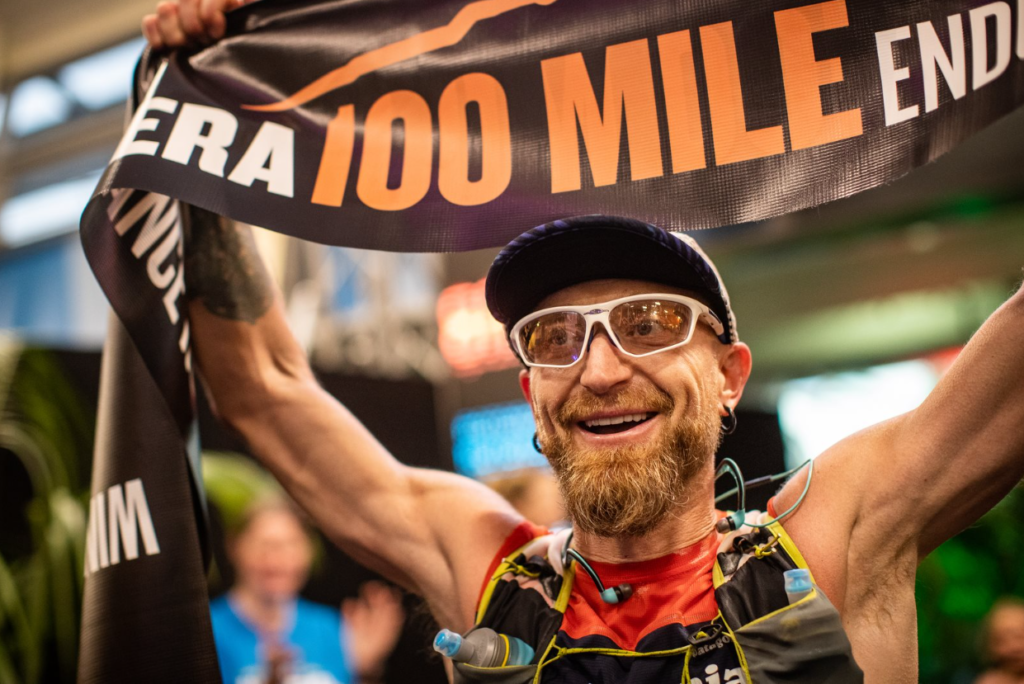
Don’t forget this in this age of Titled experts waving around published studies because, at the end of the day, whatever is being studied in the lab has to work in the real world . . . it has to work for you!
Our empirical research and data collection are based upon:
- Evaluating our research priorities based upon valid science then rigorously test it
- Applicability & Implementation in terms of real world application and outcomes
- Open and transparent data and methodologies
- Deep collaboration and feedback with participating athletes
- Spending countless hours reading studies to gain insights and understanding, then applying these insights in the real world of training, competition and Life.
- Make the information and protocols developed available for our clients.
- Pass what we learn up to independent academic researchers for formal research
For the past 22 years thousands of athletes have consistently observed increases in performance, recovery and overall health with Vespa. Along the way several have won major competitions at the highest level of sport, set Course Records, World and National Records or simply podium in their Age Group or set a Personal Record. We are “Ground Zero” for a revolution in metabolic health & performance.
We support our customers by working directly with them to obtain optimal value from every pouch of Vespa. This support led to the development of the OFM Program / Protocols (OFM=Optimized Fat Metabolism). Combined with the winning results of Vespa/OFM athletes this led to the ground-breaking FASTER Study.
We are taking the science of the FASTER Study “Beyond Keto” by developing pilot data for formal studies. The data and evidence provided here is to drive those studies, however, it can also help guide you now to start your journey to Higher Health & Peak Performance.
Vespa Testing February 2022
To develop relevant data to corroborate user experience and develop the OFM program/protocols Vespa Power Products has started to perform Pilot Data collection.
Initially, the goal of this project will be using athletes who use Vespa to gain insights and understanding. Most of these athlete are “fat adapted” using the OFM program/protocols, but not exclusively (Lauren Coury is a Vespa user but her diet is a conventional high carbohydrate diet for an elite level runner).
Metabolic Cart used: Medgraphics Ultima CPX

February VO2 Max Testing of 6 Elite Ultra-endurance Athletes
Over the weekend of February 18, 19, 20, 2022 six elite level ultra-endurance athletes were tested to collect data and provide insights for further research. Test protocols are provided below and all testing data is available for transparency.
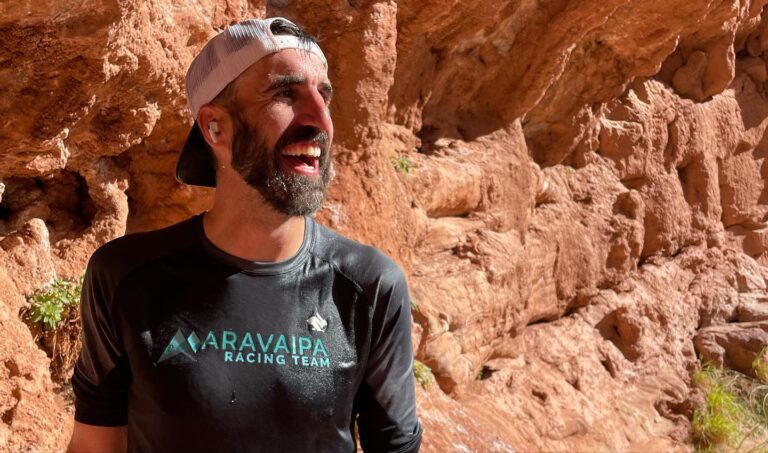
Peter Mortimer
Notes About Peter's Testing
Special Note*
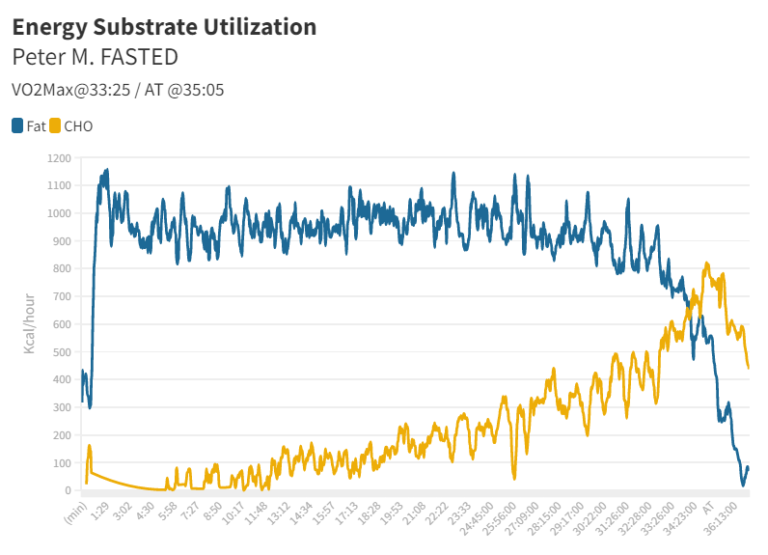
Fasted
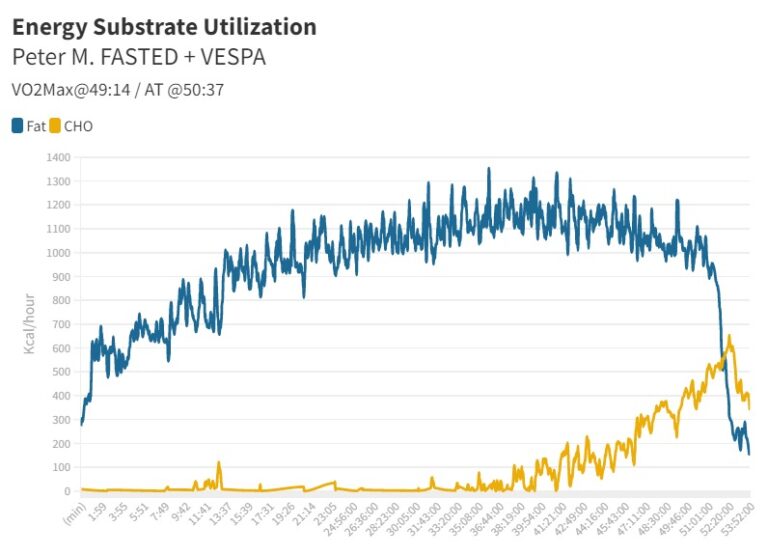
Fasted + Vespa
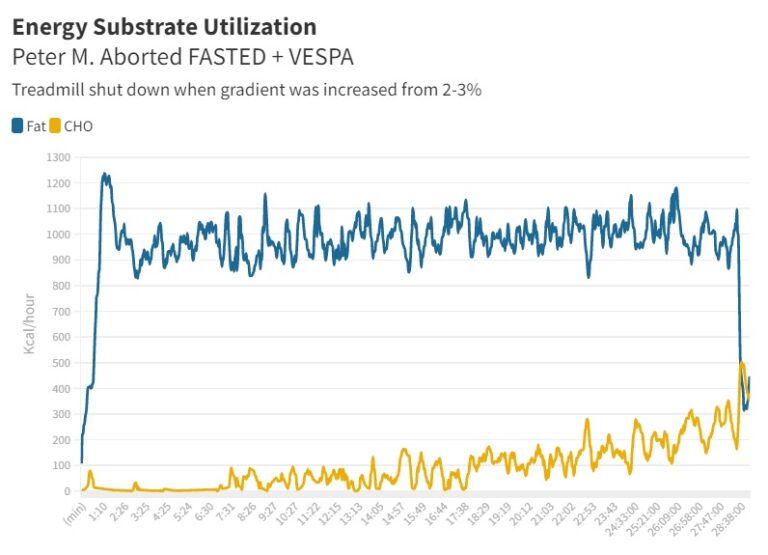
Aborted Fasted + Vespa
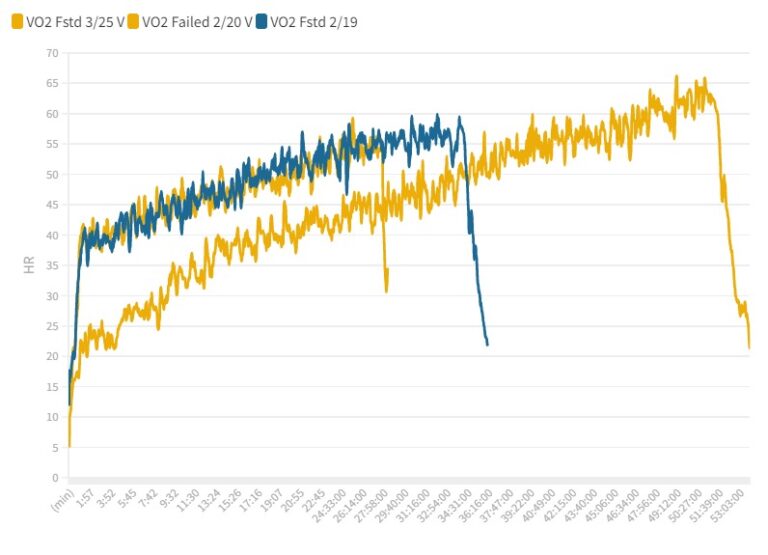
V02 Composition
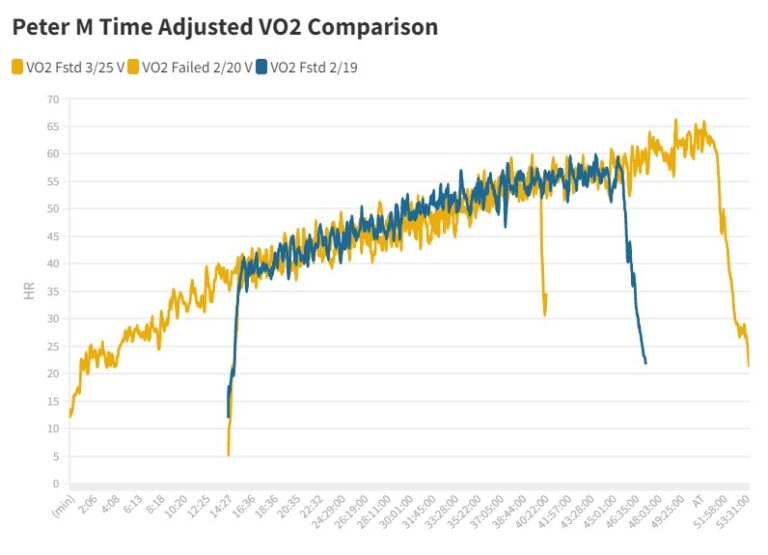
V02 Composition
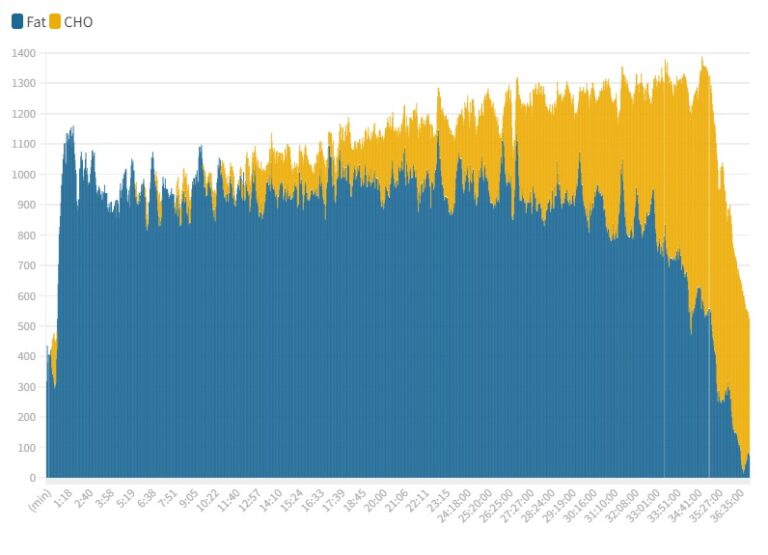
Fasted Data
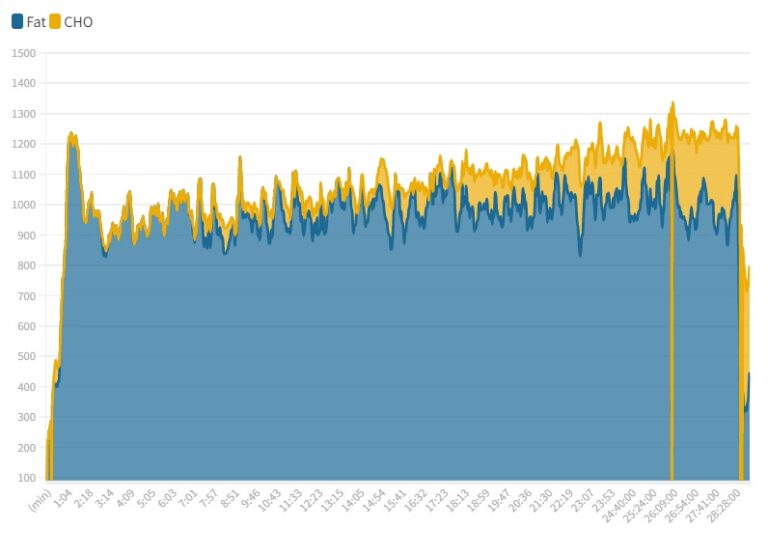
Fasted + Vespa
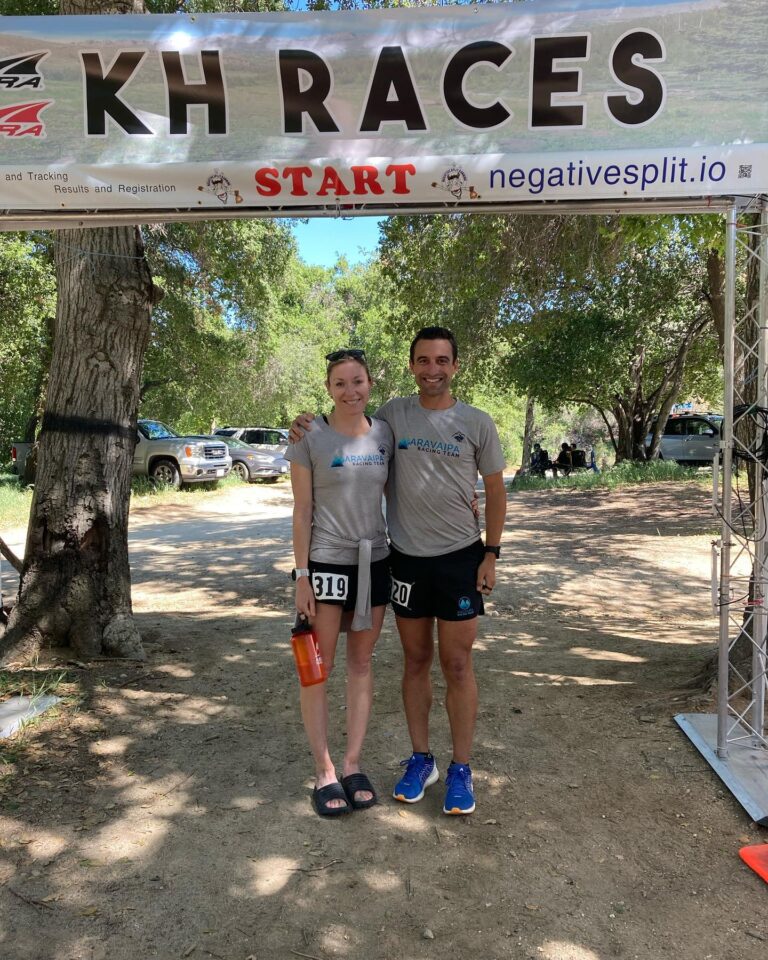
Lauren Coury
Notes About Lauren's Testing
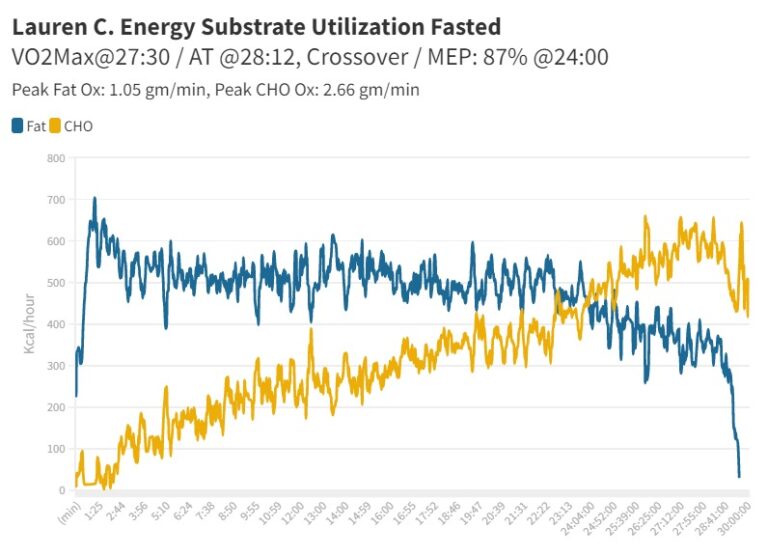
Fasted

Fasted + Vespa
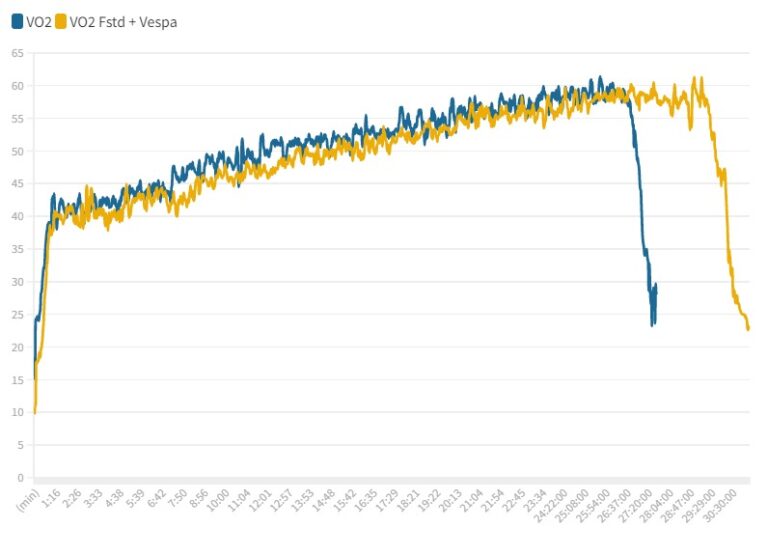
VO2 Composition
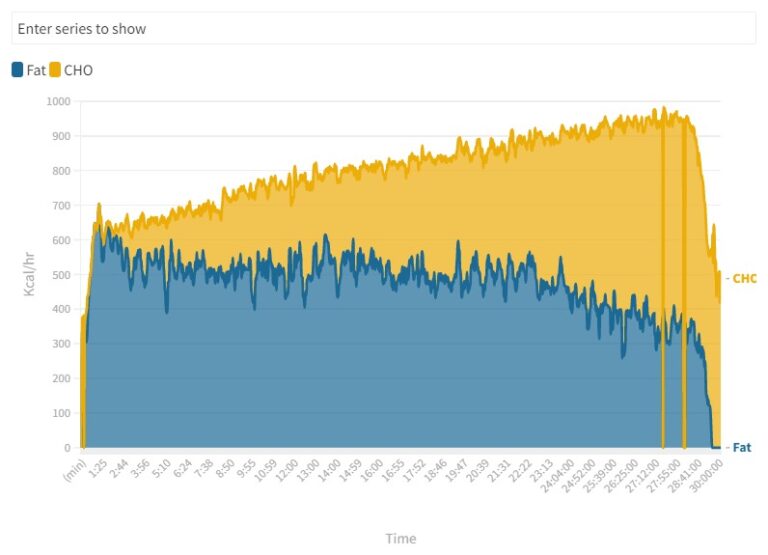
Fasted
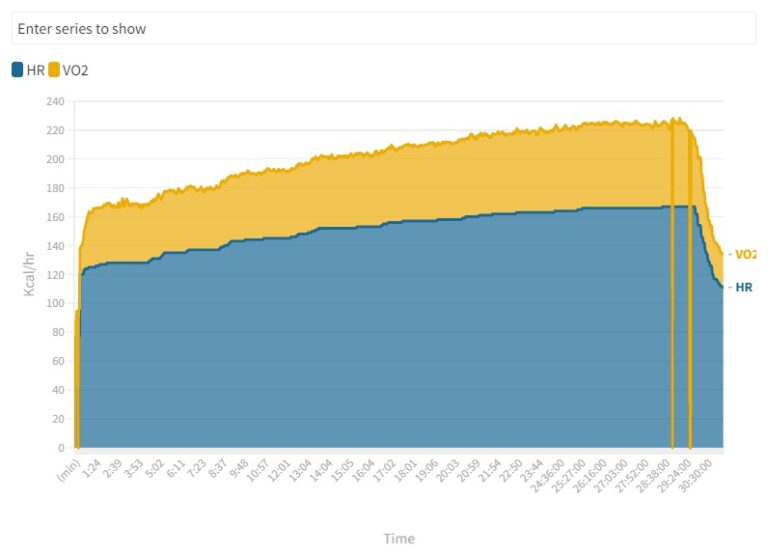
Fasted + Vespa
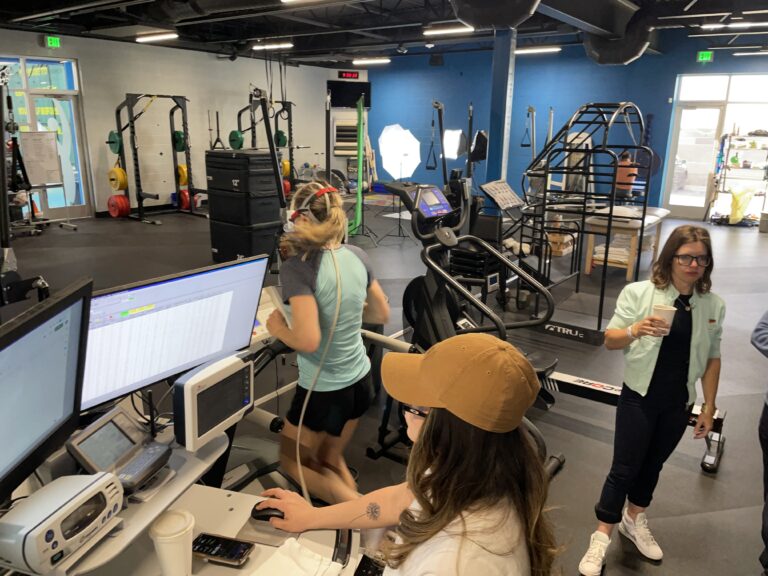
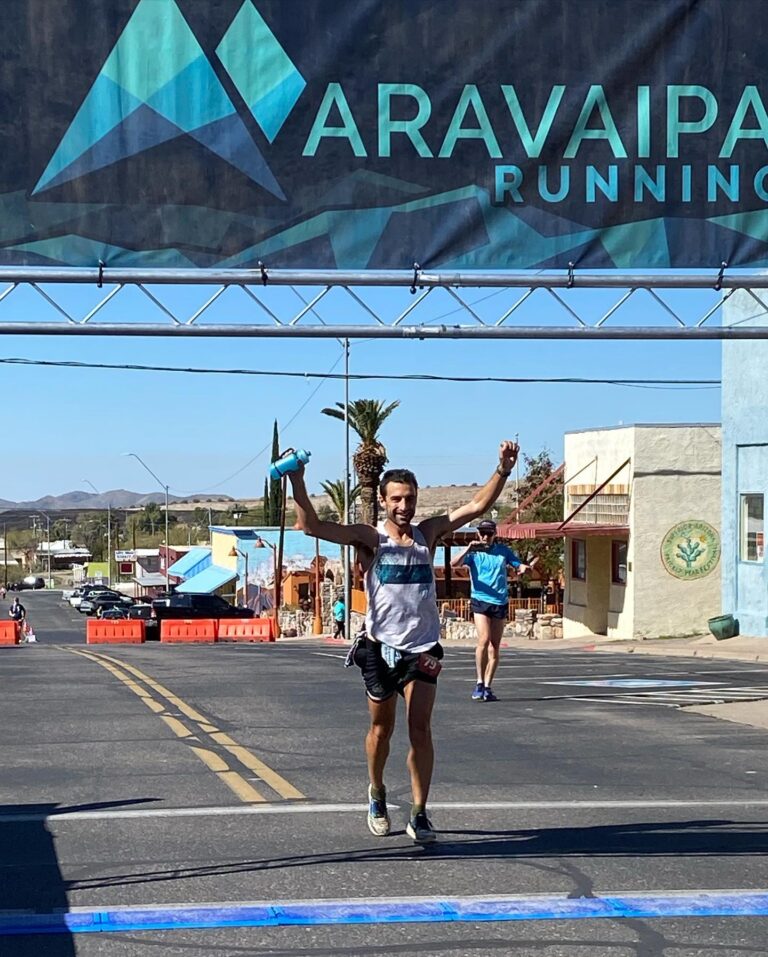
Nick Coury
Notes About Testing
Notes About Nick's Testing
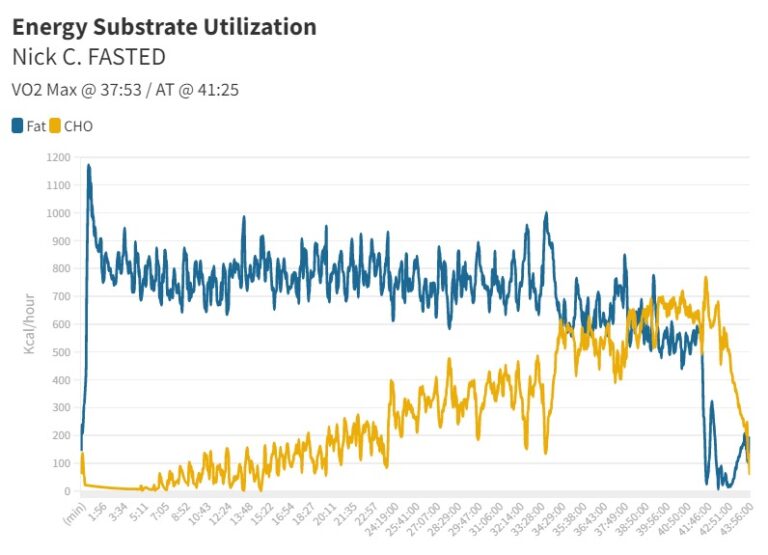
Fasted
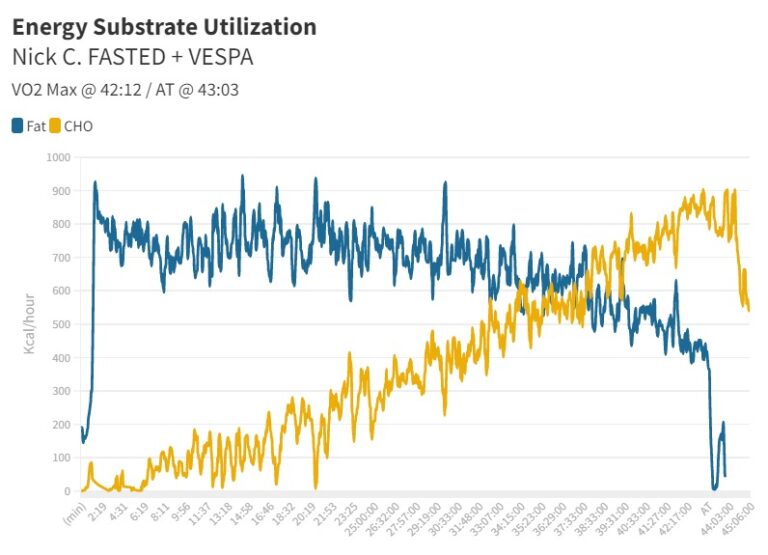
Fasted + Vespa
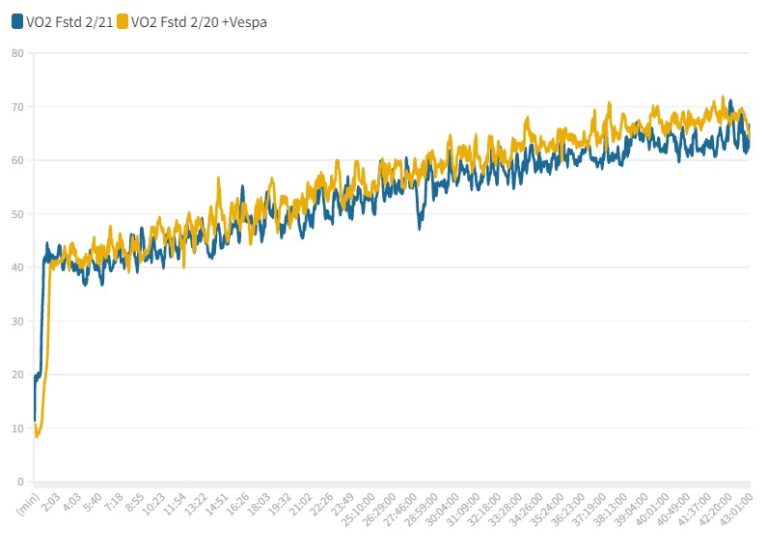
VO2 Composition
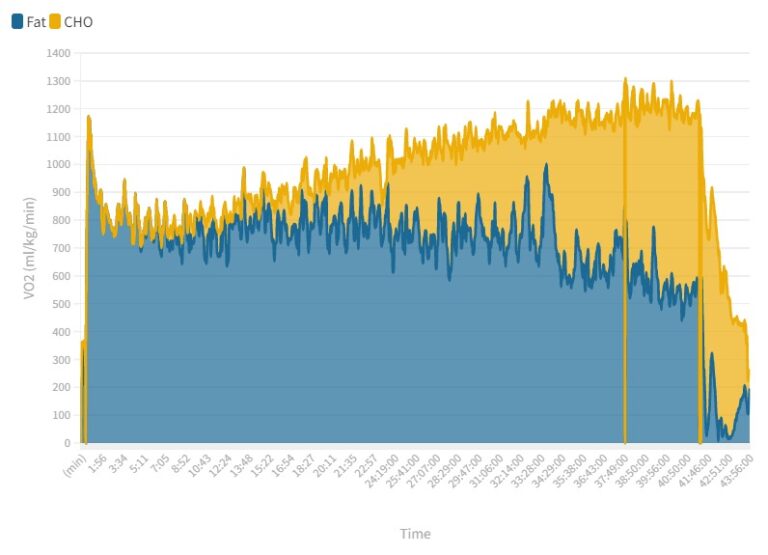
Fasted
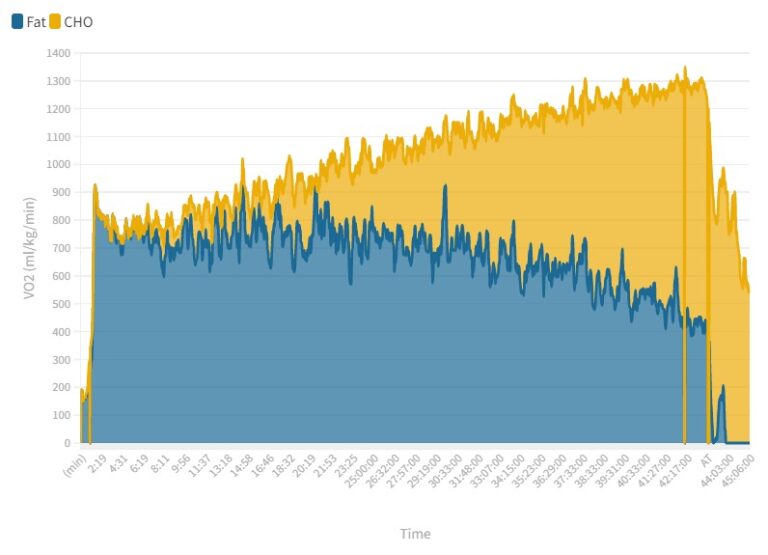
Fasted + Vespa
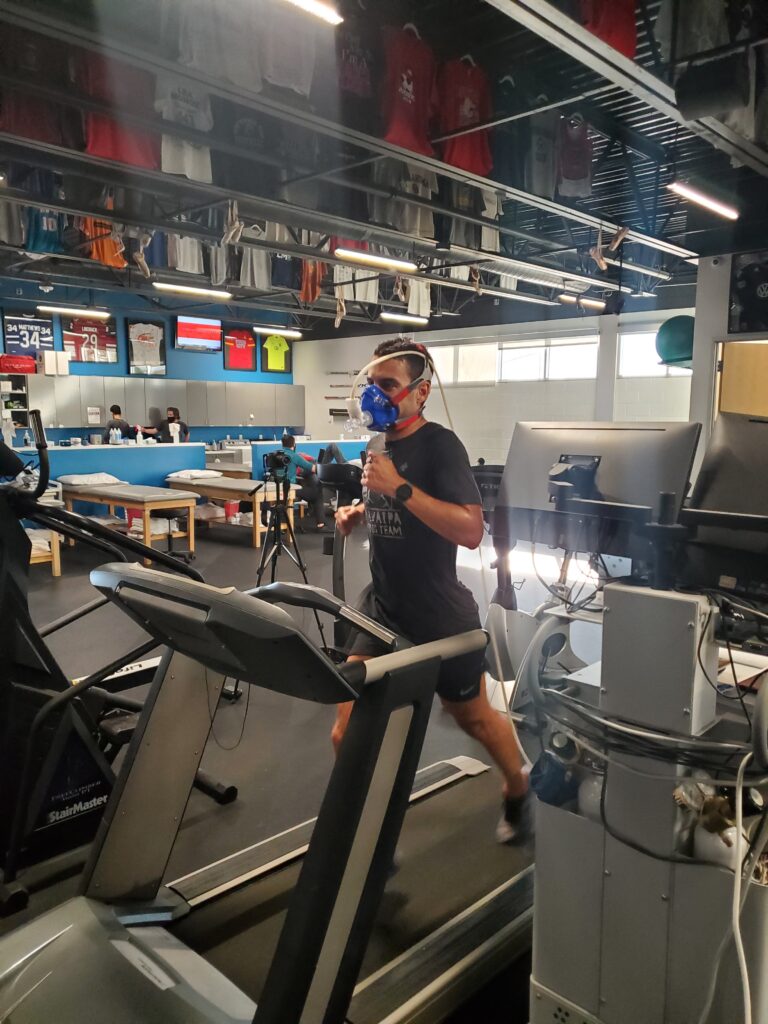
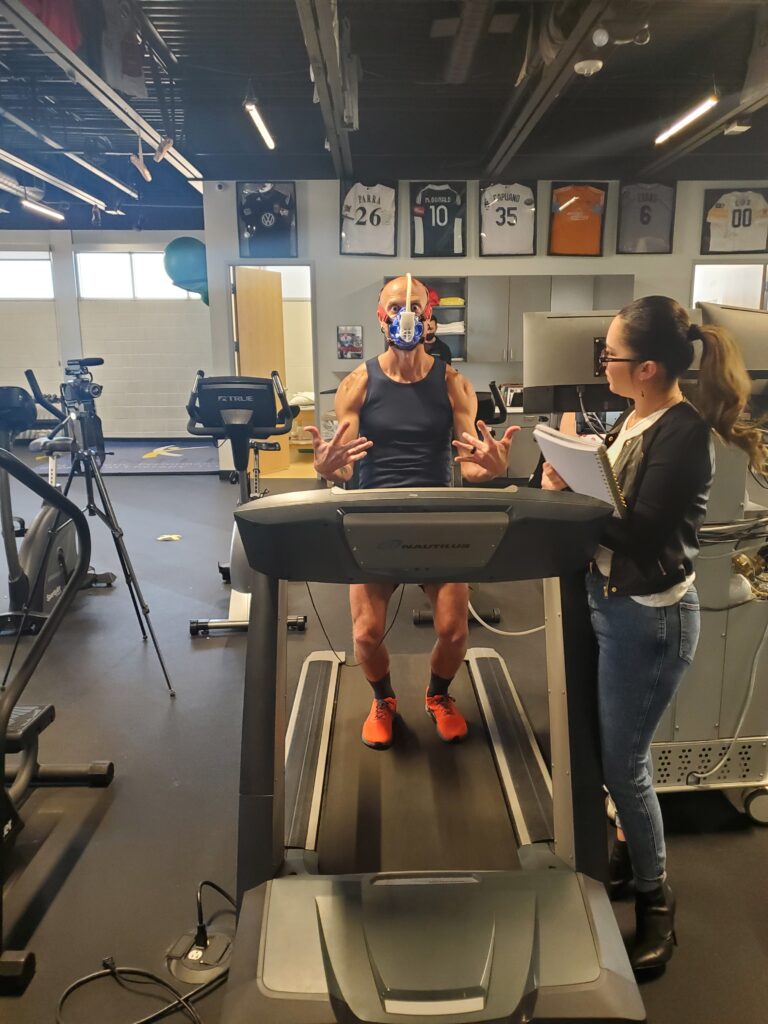
Jeff Browning
Notes About Testing
Notes About Jeff's Testing
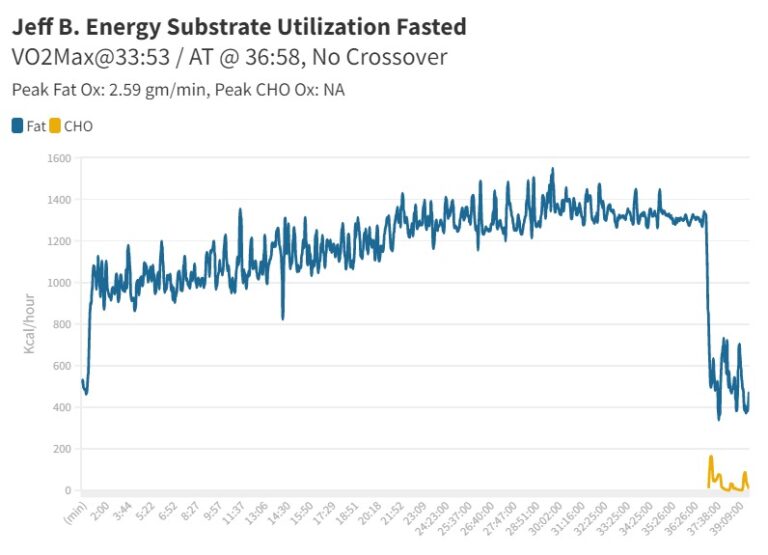
Jeff's Fasted Test Highlights
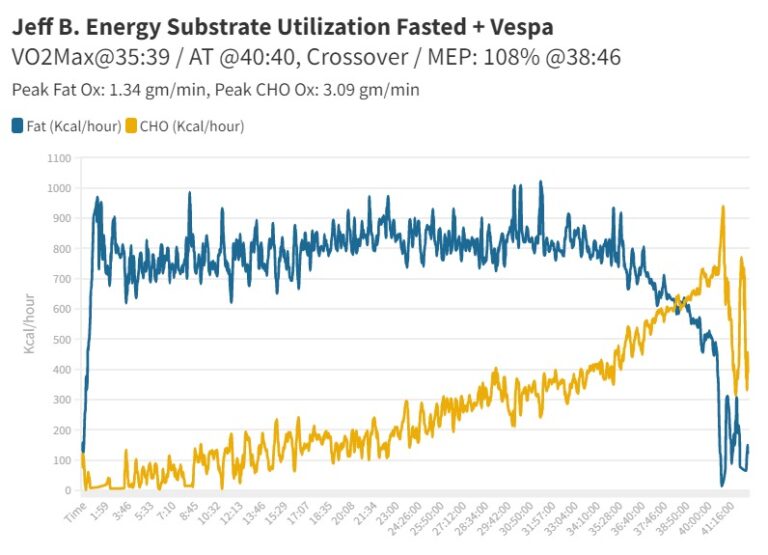
Jeff's Fasted + Vespa Test Highlights
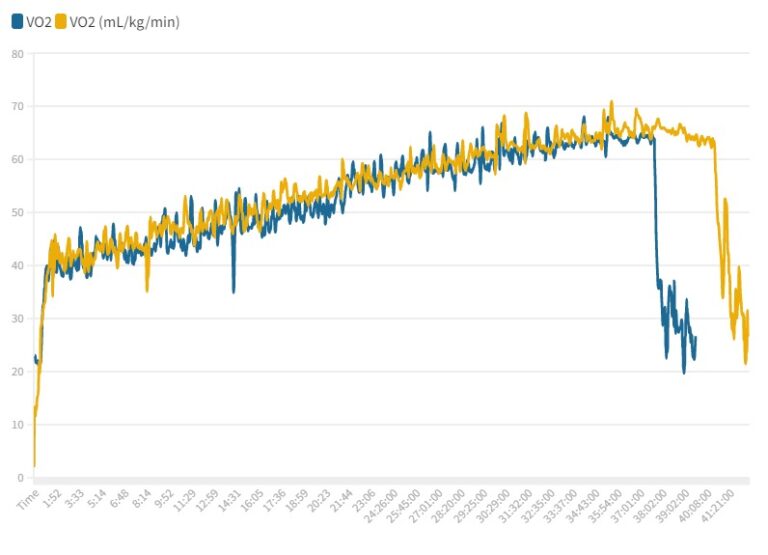
VO2 Composition
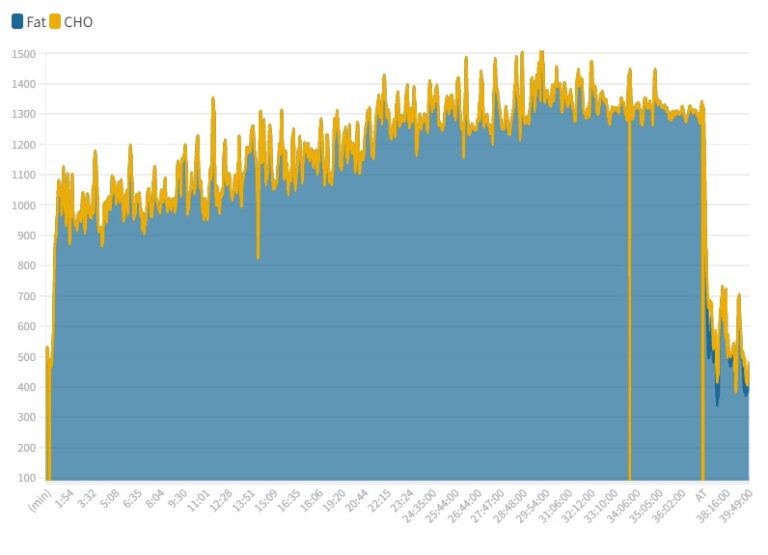
Fasted
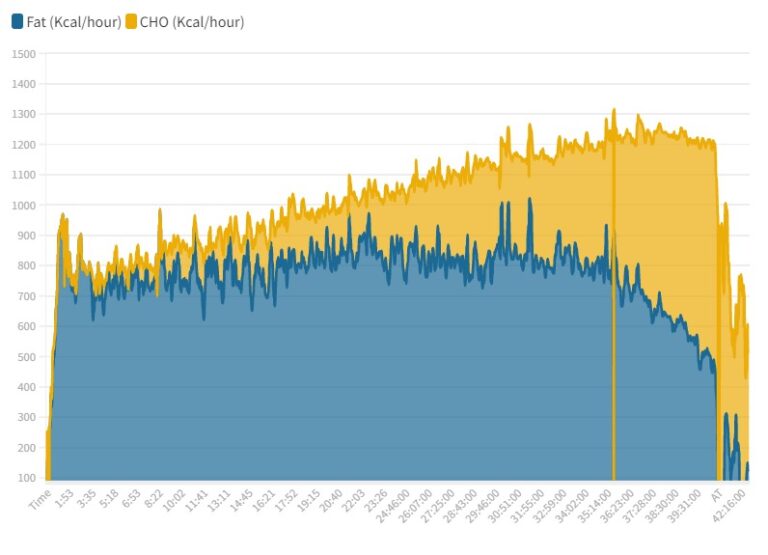
Fasted + Vespa
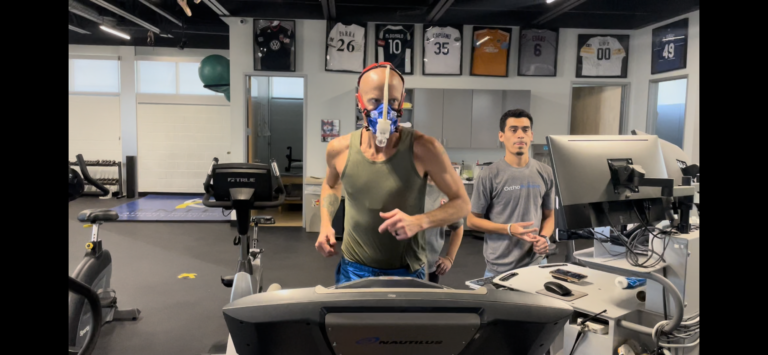
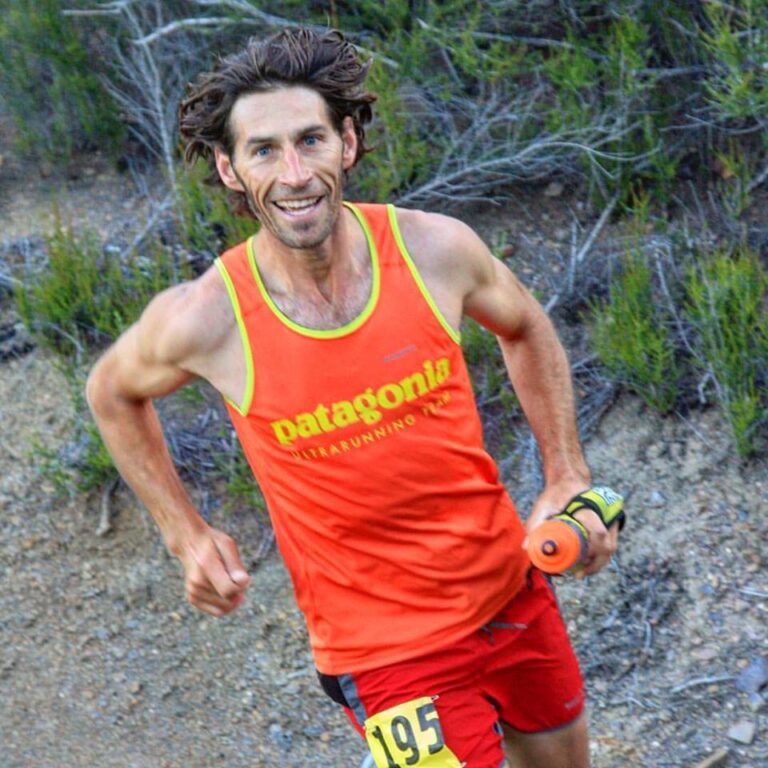
Jesse Haynes
Notes About Testing
Notes About Jesse's Testing
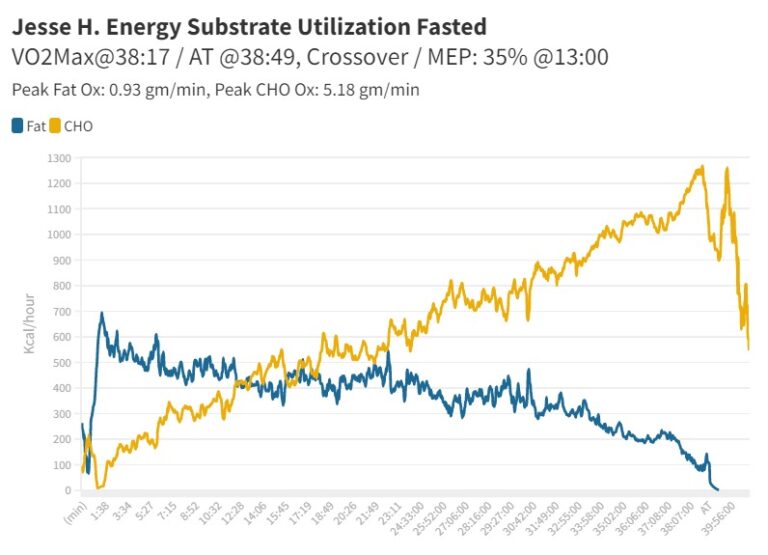
Fasted
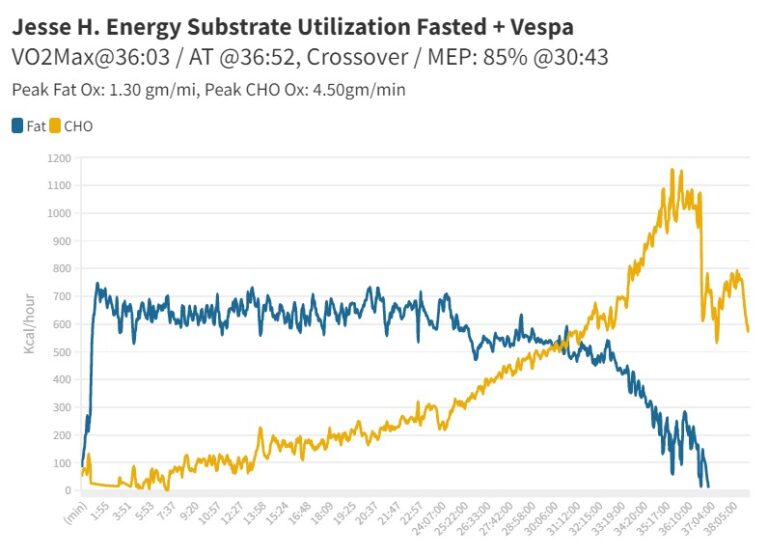
Fasted + Vespa
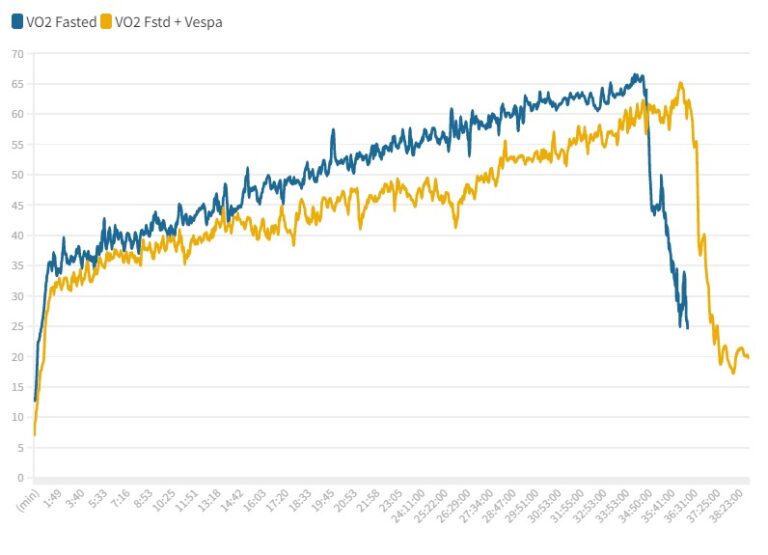
VO2 Composition
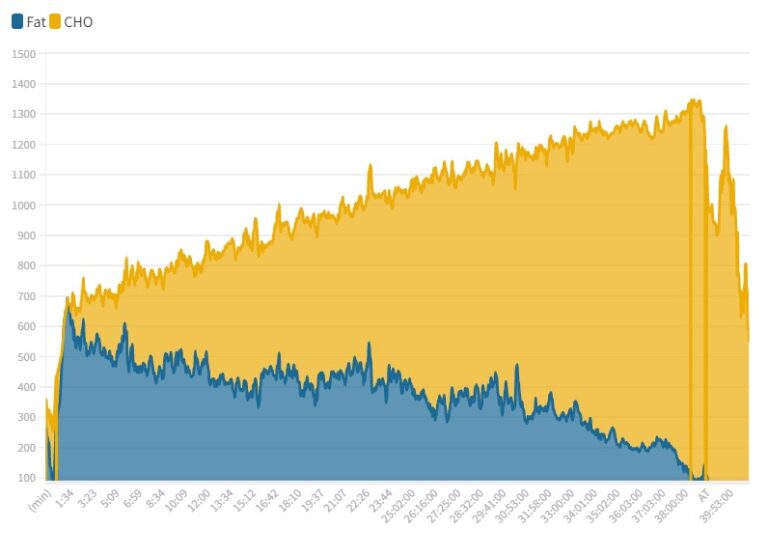
Fasted
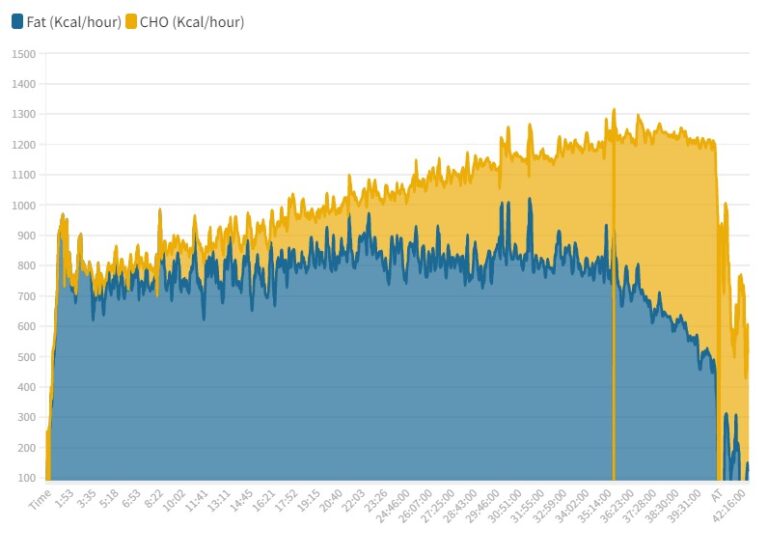
Fasted + Vespa
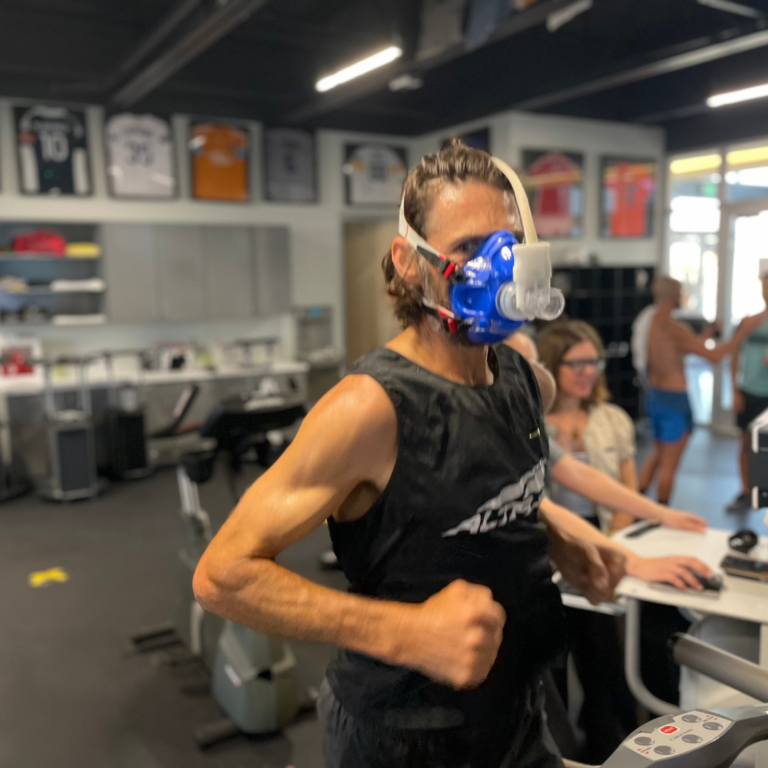
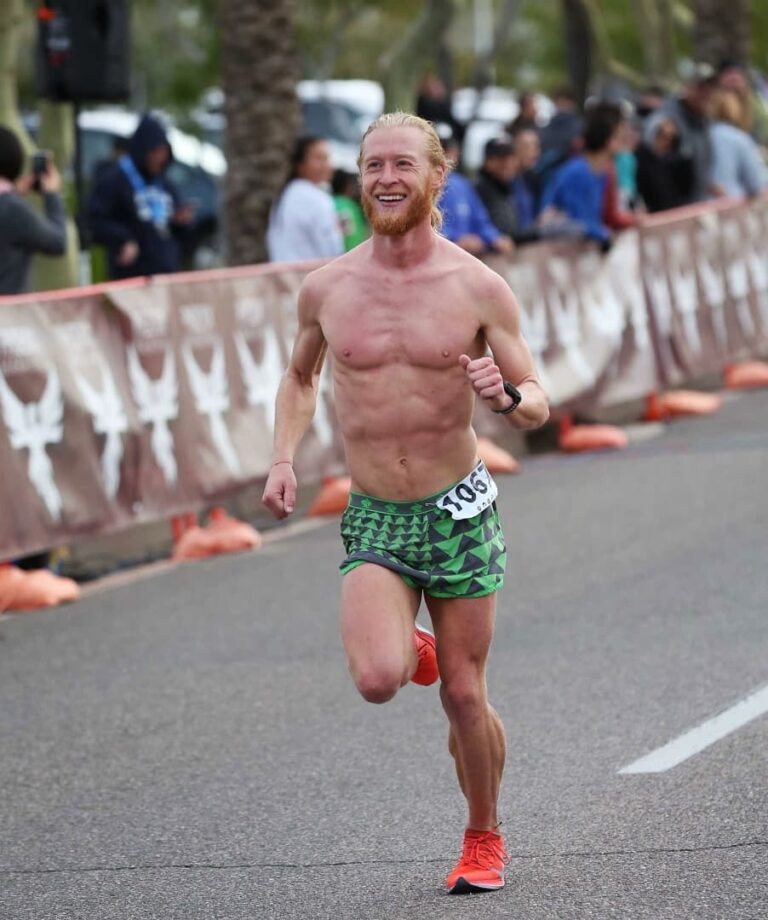
Anthony Kunkel
Notes About Anthony's Testing
Anthony's Fasted Test Highlights
Anthony's Fasted + Vespa Test Highlights
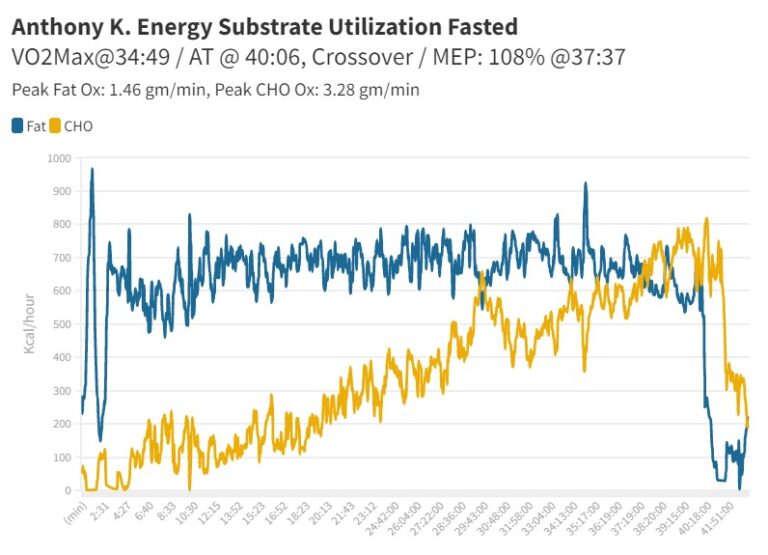
Fasted
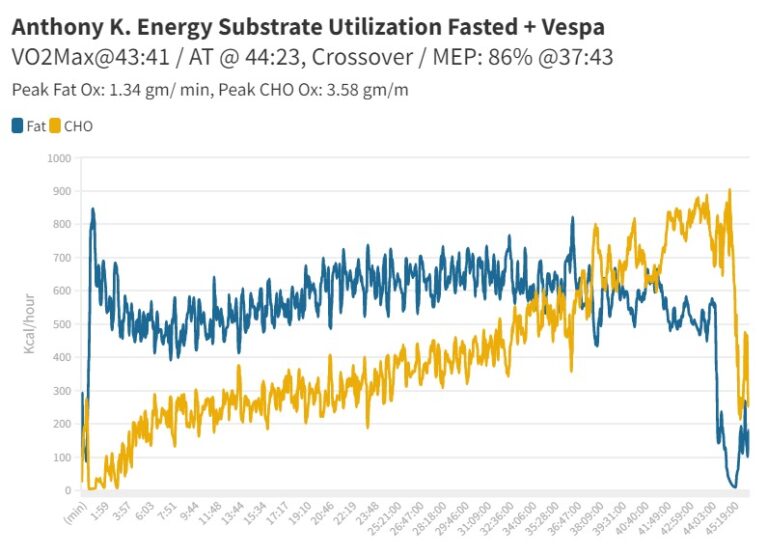
Fasted + Vespa
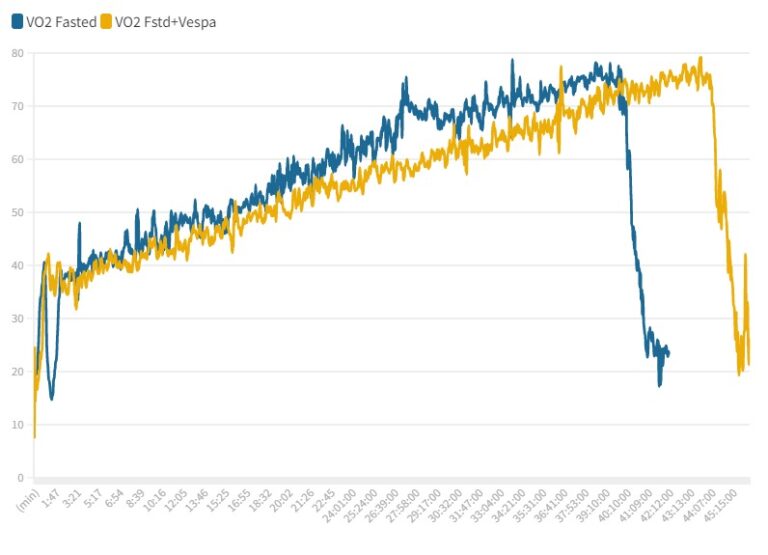
VO2 Composition
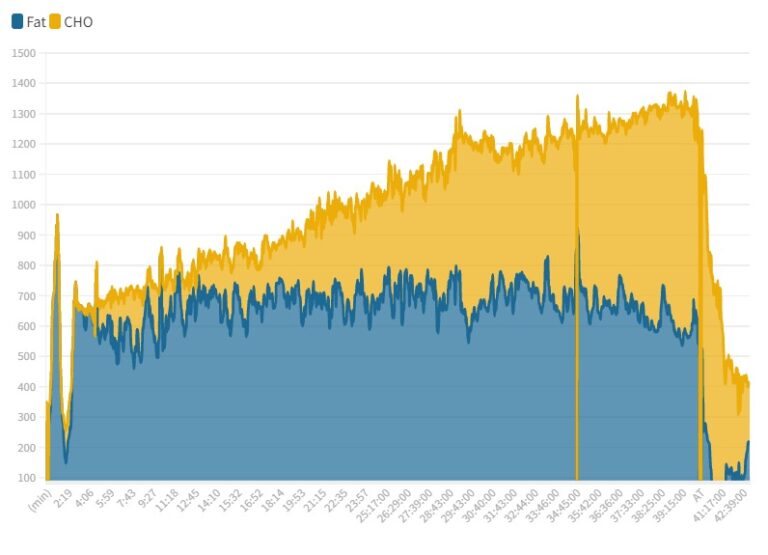
Fasted
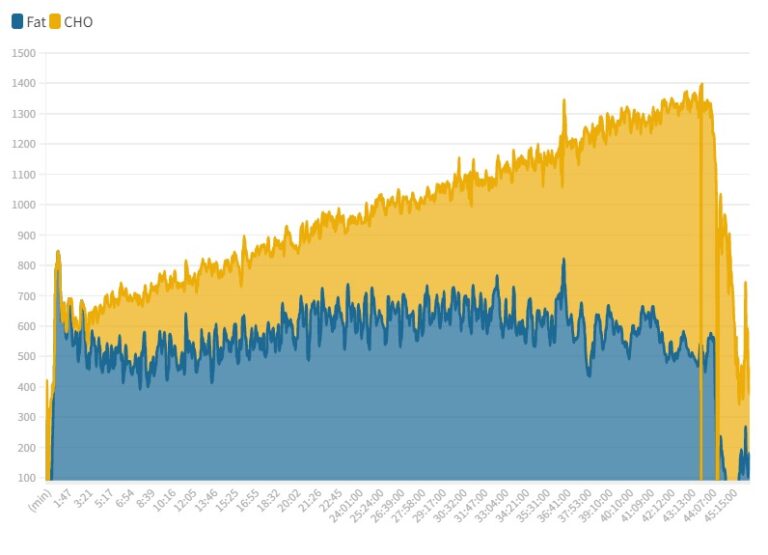
Fasted + Vespa
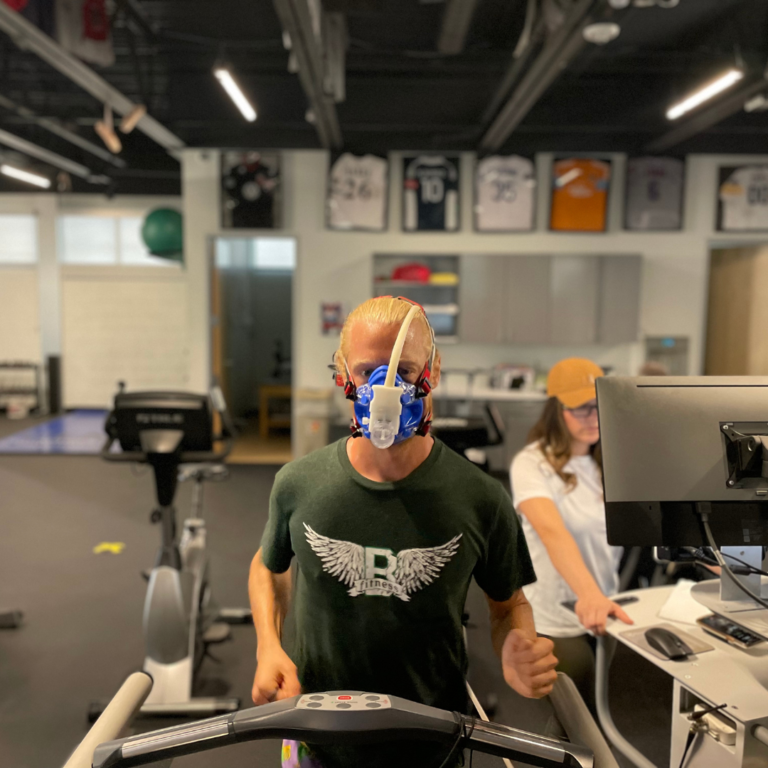
Testing Protocol + Data Taken
Testing Protocol
1. 2 VO2 Max Tests within a 24 hour period using a Medgraphics Ultima CPX
a) First test fasted
b) Second test fasted + Vespa 20-30 minutes prior to warm up
2. Test Subject performed a 30 minute warmup outdoors
3. Test Subject was then immediately fitted with breathing mask and chest Heart Rate strap.
4. Test Subject started at a walking pace on the treadmill until data started to consistently show up and stabilize then increased to the 6 MPH starting pace once data stabilized data collection commenced.
5. Treadmill gradient was set at 2% and would remain at 2% until after the 9 MPH interval
6. At 4 minute intervals with speed increasing by 0.5 MPH every 4 minutes up to 9 MPH (the treadmill used would automatically shut off at 10 MPH).
7. After 4 minutes at 9 MPH & 2% gradient, gradient was increased by 1% every four minutes with the runner maintaining the 9 MPH pace.
8. Runner maintained a 9 MPH pace with gradient intervals increasing until exhaustion at which point the test terminated.
Data Taken
- Time
- HR (Heart Rate in BPM)
- VO2 (mL/kg/min)
- RER (RER = Respiratory Exchange Rate or Respiratory Quotient)
- VO2 (mL/min)
- VCO2 (mL/min)
- RR (RR=Respiratory Rate)
- VE/VCO2 (VE=Ventilatory Efficiency Ratio)
- VE BTPS (VE corrected for Body Temp, Pressure, Saturated water vapor)
- Speed (MPH)
- Grade (%)
- PE (PE= Perceived Exertion)
- Fat Oxidation (Kcal/hour)
- CHO Oxidation (Kcal/hour)
- REE (REE=Relative Energy Expenditure Kcal/hour)
- REE (REE=Relative Energy Expenditure Kcal/day)
Executive Summary
Primary Objectives:
To determine the level of metabolic capacity in terms of fat oxidation capacity (peak, duration and crossover) and carbohydrate utilization/sparing.
To investigate the impacts of Vespa, a natural food based drink, used by these athletes on their individual performance.
Because of a lack of data to support the benefits these athletes perceive and results they achieve build data to corroborate their real world experience.
Most of these athletes are “fat adapted” using the OFM program/protocols including the use of Vespa, but not exclusively (Lauren Coury is a Vespa user but her diet is a conventional high carbohydrate diet for an elite level runners.
Preliminary Analysis:
It is important to note this testing/data collection is empirical and a collaborative process which fully includes the athletes as part of the process.
The testing provided a LOT of insightful information on both fat adaptation and Vespa. Using the flourish software we have taken the raw data to produce visual graphics to help the athlete interpret the data. We have created graphics for representing the following data:
-Energy Substrate Utilization (Fat/CHO) for fasted & fasted + Vespa
-VO2
The data provides a great deal of useful insights to help each individual athlete tested but also the athlete interested in improving their health and performance. As importantly it serves as a guide for further testing.
Here are some of our takeaways
Data indicates all but one of the athletes showed greater endurance/Stamina using Vespa (time to VO2 Max & AT) and lower RPE (RPE=Relative Perceived Effort) on the fasted + Vespa test.
Some very high peak fat oxidation rates were observed surpassing 2 grams per minute for over 10 minutes and up to over 2.5 grams per minute with data points much higher. For peak fat oxidation we used an average of several data point rather than cherry pick a single peak.
24 hour test interval between VO2 Max testing impacts 2nd test for ultra-endurance athletes. We were constricted by a short time window to gather this data and our interpretation of the data suggests more time is needed to fully recover from the impacts of each VO2 Max test.
In spite of a heavy week of training and 7 vials of blood drawn the day before testing, Peter Mortimer’s second test on March 25th suggests the impacts of oxidative stress of exercise to VO2Max then going on to one’s AT (AT=Anaerobic Threshold) he tested out significantly higher than his fasted test.
Except for Jesse, the other athletes showed significantly higher glucose utilization and lower Crossover on the second day when using Vespa even though their endurance was improved. Again, this suggests diminished metabolic capacity due to oxidative stress from the previous test with not enough time to recover
Training level, recovery and conditions play a big role in the data obtained.
Jeff Browning & Peter Mortimer were both in prime condition, living and training at around 7000’ and both fully recovered from winning races in December & January (Jeff won Bloodrock 100 in December / Peter HURT 100 in mid-January).
Nick & Lauren Coury were in a prolonged low training state (relatively speaking) and felt they were far from their peak condition due to the time off.
Anthony Kunkel was one week out from a top 10 finish at the Phoenix/Mesa Marathon running a 2:31:42 for 8th place.
Jesse Haynes got up at 3 am to drive from SoCal to Phoenix to test. He fits the bulk of his running in on the weekend as he has a high stress job & long commute. The effects of the drive and stress of early morning start were evident in his first test.
Interesting Variables taken from the data
Fat Oxidation rates of over 2 grams per minute for several minutes were obtained by Peter Mortimer (3/25 fasted + Vespa) and Jeff Browning (Fasted) and even data points exceeding 2.5 grams per minute! (Kcal/Hr divided by 60 min/hour divided by 9 cal/gm = grams per minute).
Jesse provided some key insight into the effects of chronic stress/fatigue. Jesse woke at 3 am to drive to Phoenix for the test. He was in a fasted state but had coffee for the drive and was in a sleep deprived state. His data shows him crossing over early in the test at around 12:30 or roughly 35% of his VO2Max. Ironically, he was the sole person tested for RMR (Resting Metabolic Rate) and his RMR indicated 100% fat oxidation prior to the test. It is my suspicion that this low crossover point resulted in a high level of CHO oxidation which led to lower duration times to VO2 Max & AT during the second test.
Lauren was the sole female and high carb athlete tested. Her first fasted test showed her crossing over at 87% of her VO2 Max suggesting 2 key things:
Lauren is metabolically very fit despite being in a prolonged period of lower scale training
The effects of fasting to shift energy substrate utilization on metabolically fit athletes is profound even if they are on a high carbohydrate diet
Lauren’s second test using Vespa was equally insightful:
- Her crossover is significantly lower at 33% of VO2 Max suggesting the significance of the impact of the first test.
Despite the lower crossover Lauren’s endurance metrics of VO2 Max and AT were both over a minute longer than the fasted test.
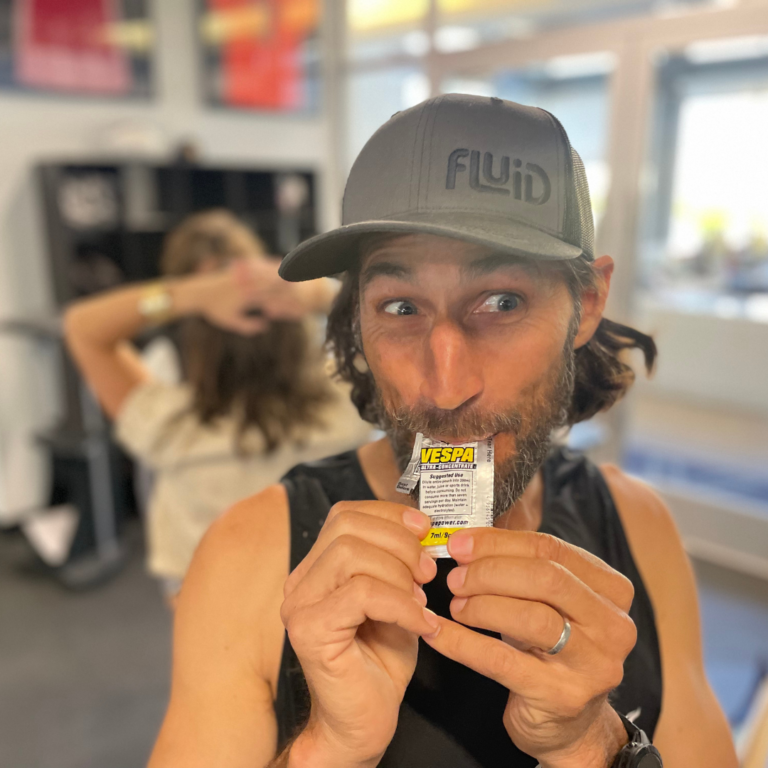
Testing Limitations & Variables
It is important to understand obtaining conclusive data on Human subjects is impossible due to variables which cannot be controlled for. This does not discount the data either.
The data presented here has limitations, however, it does provide insights:
a) We did not do blind testing. Athletes knew whether they were using Vespa or not.
b) We have identified several variables and factors which confound the data. We are arranging for future testing to account for these variables and build this Pilot data for the design of a formal placebo controlled study with an independent academic entity.
In this Pilot data collection the series of VO2Max Tests were run on athletes who have long term use experience with Vespa and feel/believe it provides them with performance and recovery benefits. In this series of tests the goal was to realistically control as many of the variables as possible consistent with the athlete’s real world behavior pattern.
The implications of this approach are:
This means we did not want to change their current behavior to control lifestyle variables such as diet, training, sleep, work etc. This is admittedly poor Experimental Design for a formal study, however, by doing so this controlled variables for their personal N=1.
For these subjects the data corroborates their experience. This provides important context for interpretation of the data.
